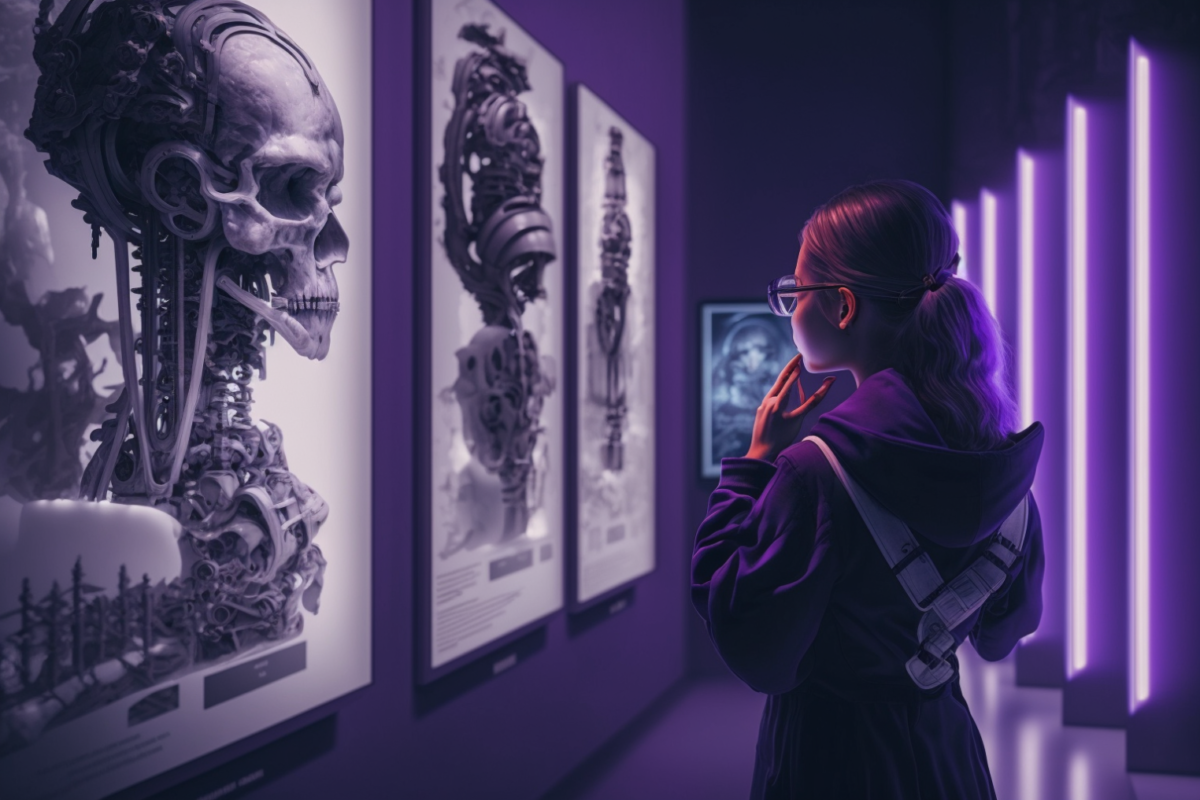Museums and exhibitions are comparable to time machines, enabling us to travel back into the past and discover the wonders of art, history, and science. In recent times, technological innovations have added a magic touch to these places, transforming the way researchers experience historical heritage.
With 3D rendering in museums, researchers can walk through an exhibition and discover rare objects without any fear of damaging them. 3D modeling transforms rare structures and sites into digital wonders that humans can explore with their eyes and hands.
For this reason, this technology serves more than simply making things look cool, but rather it helps to safeguard and preserve history, make learning more engaging, and ensure inclusivity throughout the path of exploration.
Real-World Applications of 3D Rendering in Interactive Museum Exhibits
Table of Contents
There are several uses of 3D rendering in museums and exhibits. These applications work together to transform museums into dynamic, instructive, and inclusive spaces that attract visitors while also preserving cultural heritage. Here are some significant applications:
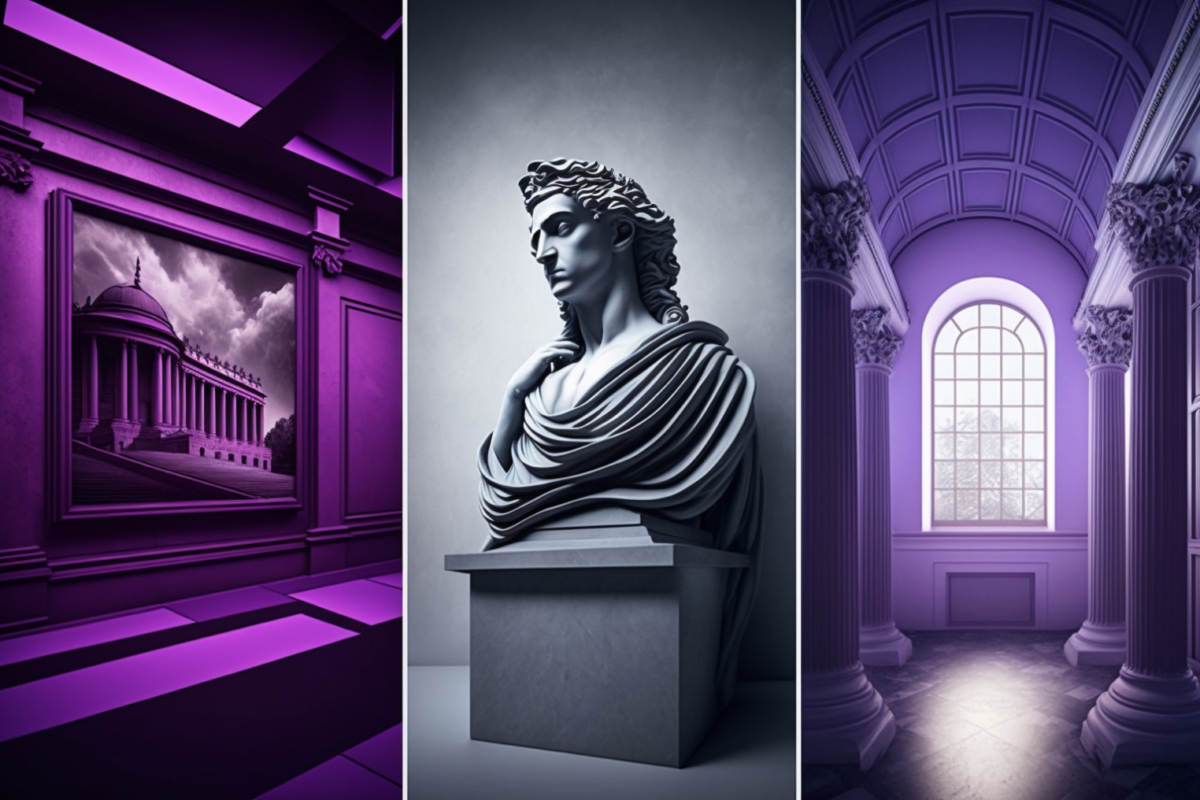
Artifact Replication and Preservation:
- Comprehensive Digital Replicas : Museums can now create highly accurate replicas of antiquities, sculptures, and historical artifacts using 3D rendering technology. These replicas are capable of adapting and communicating complex features, textures, and colors.
- Preservation and Restoration : Museums use 3D rendering to document and digitally conserve fragile or endangered items. As a result, during any physical damages, these digital replicas can serve as restoration references, ensuring that the original artifacts remain preserved and protected.
Historical Reconstructions:
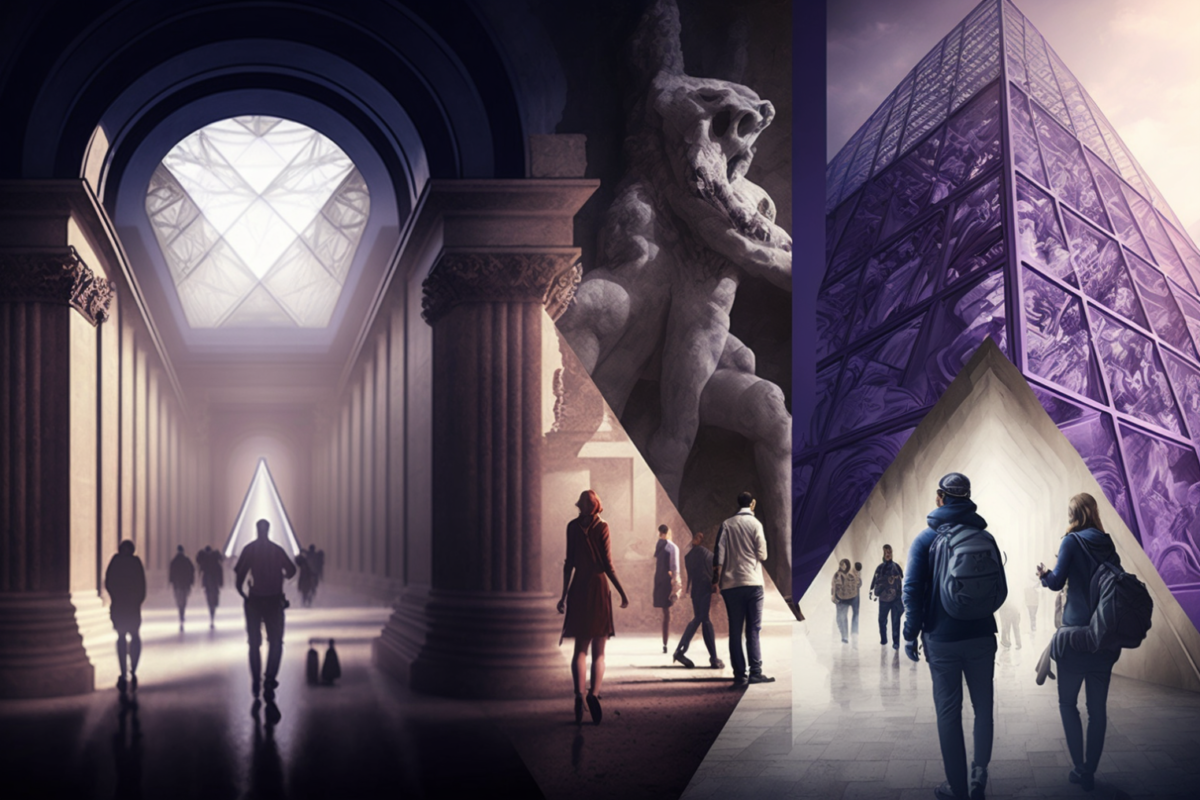
- Recreating the Past : 3D rendering in museums helps in the accurate recreation of historical scenarios, structures, and environments. As a result, visitors can step back in time and imagine historical periods, bringing history to real life experiences.
- Interactive Exploration : Visitors can interact with reconstructed artifacts, structures, and locations in an immersive ways to gain a deeper and better knowledge of historic architecture and cultures.
Immersive Experiences:
- Virtual Reality and Augmented Reality : To create immersive experiences, museums apply 3D rendering in VR and AR apps. Visitors can experience virtual surroundings by using VR headsets or display digital information in exhibitions by using AR programs on smartphones.
- Hands-On Engagement : These technologies allow visitors to engage with virtual objects, walk through ancient civilizations, and participate in historical events, giving a more engaging and unforgettable experience for historical fanatics.
Accessible Learning:
- Inclusivity : By providing accessibility features, 3D rendering ensures inclusiveness. Museums can build 3D-printed models for visually challenged visitors or audio explanations for exhibitions, ensuring that everyone can participate in the educational experience.
- Customized Learning : Visitors can customize their learning experiences by visiting interactive 3D-rendered exhibitions. They can look into certain features of exhibitions and gain access to specific informative data according to their choices.
Online Outreach and Education:
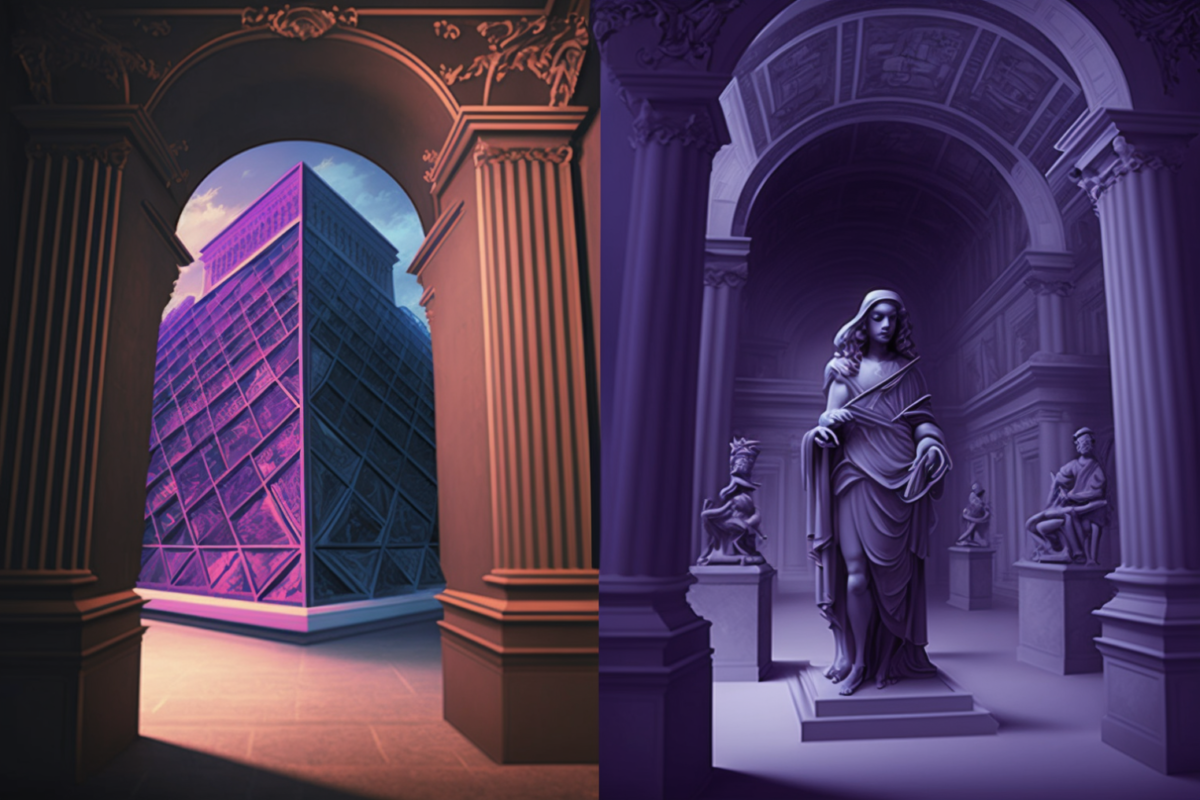
- Virtual Tours : By utilizing 3D-rendered models and interactive platforms, museums can offer virtual tours of rare sculptures, ornaments, and items. This technology helps museums reach a worldwide audience by allowing visitors to examine artifacts from anywhere.
- Educational Resources : 3D rendering in museums provides educational content such as 3D models, movies, and interactive content for use in schools, colleges, and online learning platforms. As a result, it encourages distant learning while also increasing the instructional value of cultural and historical information.
Future Frontiers of 3D Rendering in Museums
The future potential of 3D rendering technology in museums and exhibitions are fascinating, promising additional breakthroughs in cultural heritage protection, preservation, and accessibility.
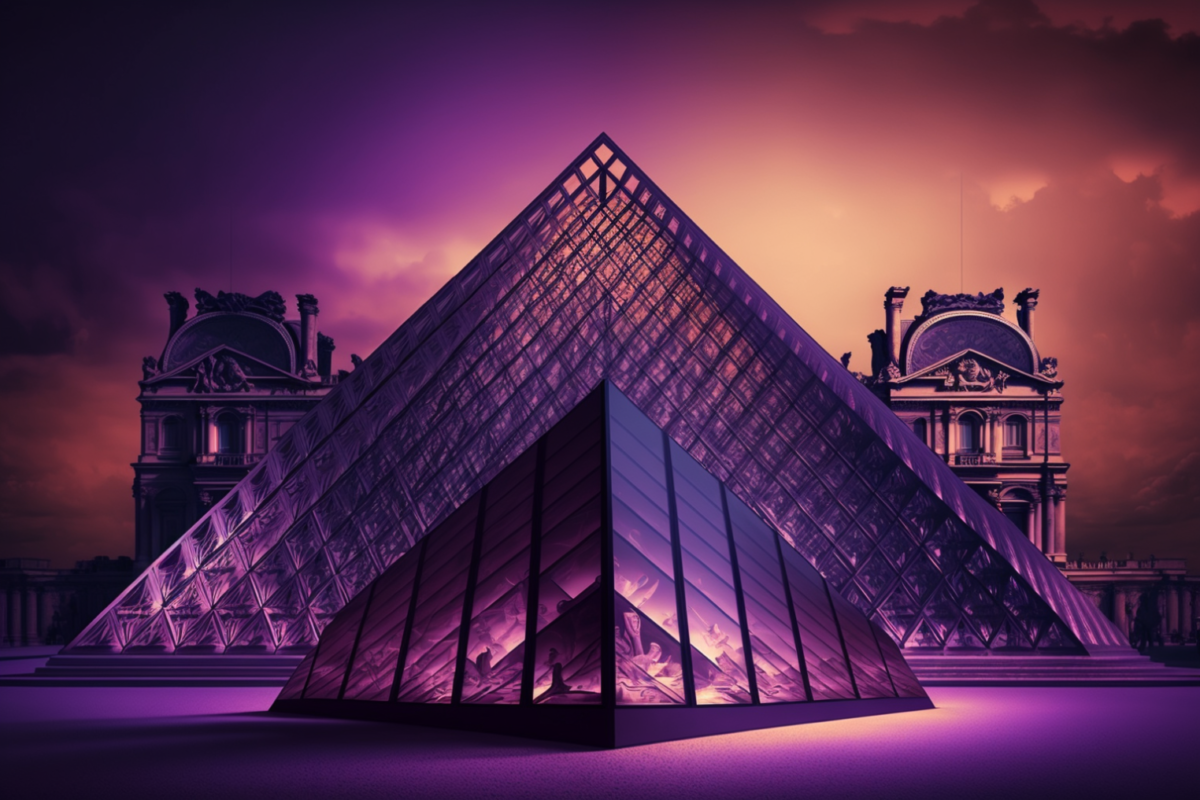
As a result, the following are some of the most important future directions of advanced 3D modeling technology in cultural and historical heritage:
- Advancements in Realism : Exhibitions displayed in 3D will become more accurate as rendering technology advances. High-quality textures, lighting, and physics simulations will improve the accuracy of virtual objects and surroundings, enhancing visitors’ sense of immersion and understanding.
- AI Integration : Artificial intelligence (AI) will play a larger part in the design and curation of 3D displays and museum experiences. Artifact analysis, virtual reconstruction, and even individualized visitor experiences could all be helped by AI systems. Moreover, chatbots or virtual guides powered by AI can possibly deliver on-demand information and user interaction.
- Mixed Reality (MR) : Mixed reality, which combines features of both AR and VR, will become increasingly common in museums and exhibits. Visitors will be able to easily move between the physical and digital worlds using MR headsets, boosting their capacity to explore and engage with historic data and information.
- 3D Printing Integration : Museums can use 3D printing to make tangible replicates of digital objects. Thus visitors will be able to purchase or manufacture their own small replicas of museum objects with the use of such technologies.
- Environmental Sustainability : Museums and exhibitions will continue to adapt ecological and sustainable approaches in the future years to come. Because 3D rendering has decreased dependency on physical building and transportation, museums can emphasize their commitment towards environmental conscience and alignment with sustainability.
Final Words
In short, 3D rendering has emerged as an essential aspect in the realm of museums and exhibitions, transforming how enthusiasts protect, present, and interact with our historic and cultural heritage. It has improved the overall visitor experience, increased educational outreach, and allows protection of artifacts and historical sites.
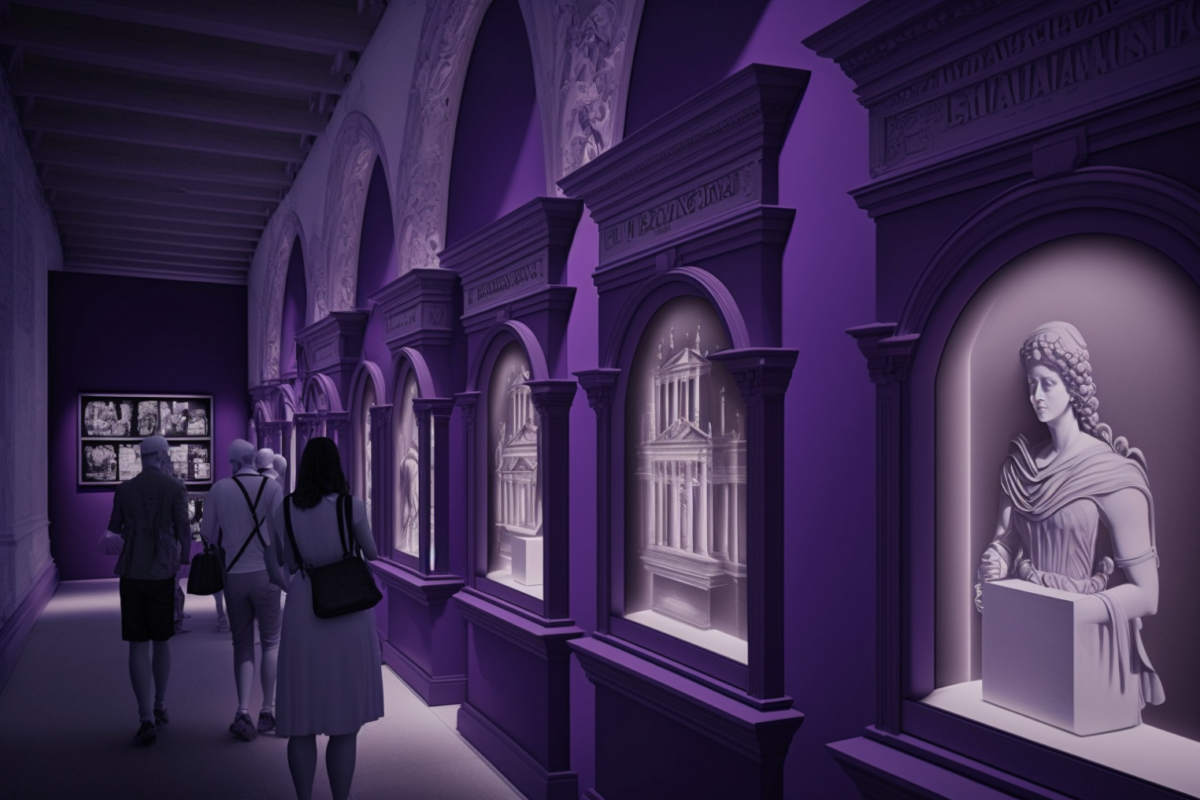
Although there are several challenges throughout the journey, the future holds significant opportunities for the continuous integration of 3D rendering technology in the immersive world of museums, providing a more interactive, accessible, and illuminating experience for all.

